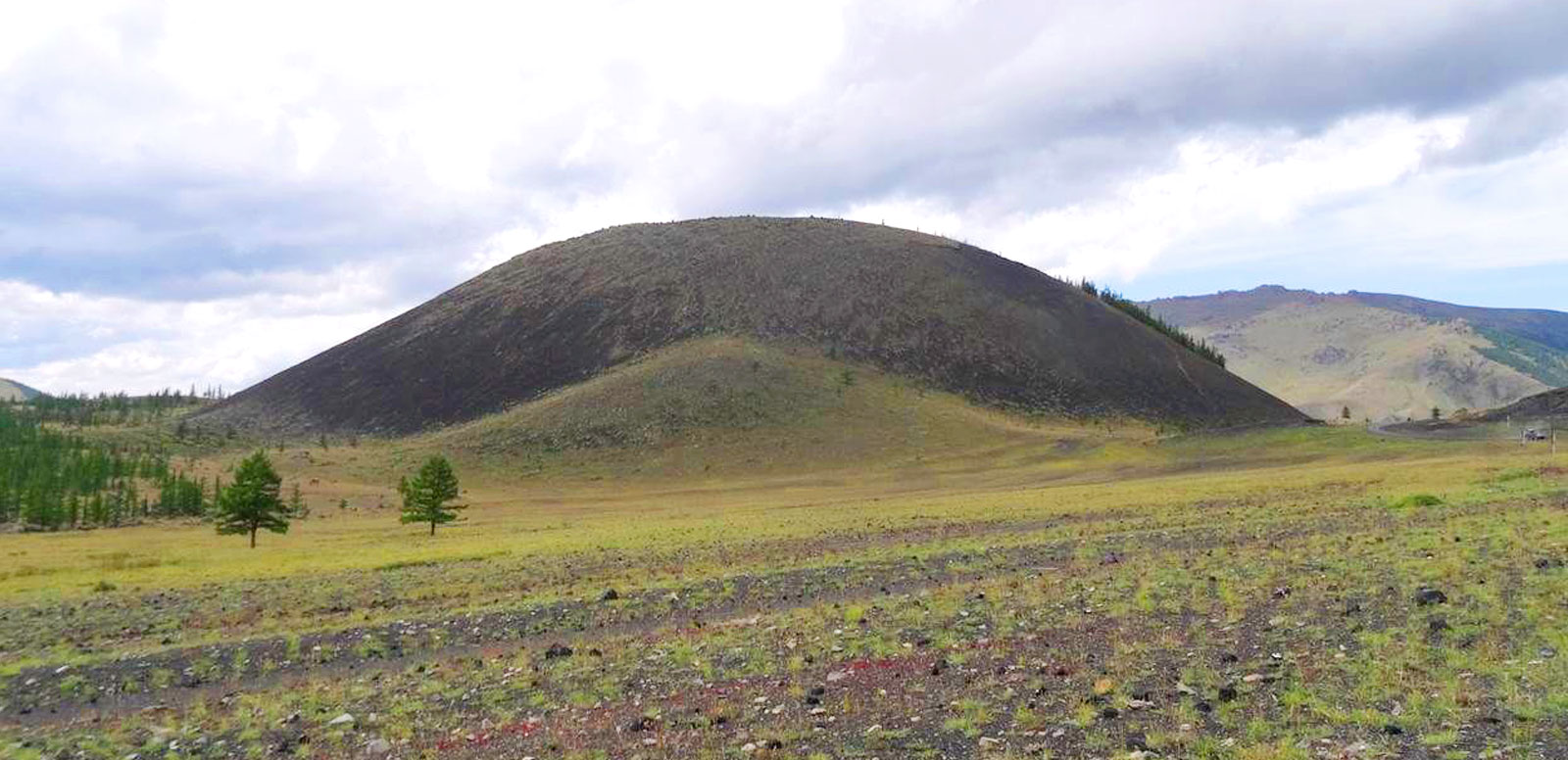This page has login restricted information, kindly Sign In to view details. In case you have not signed up yet kindly click here to Sign Up
Upon arrival at the airport, you will be welcomed by our team. We will take you to your comfortable and conveniently located hotel. Ulaanbaatar is a modern city that is rapidly growing, with a population of over 1.3 million people. Depending on what time you arrive, we can arrange a city tour.
The city sightseeing tour includes a visit to the newly constructed Genghis Khan Museum, which happens to be the largest museum of the country. The museum houses a vast collection of over 8,300 artifacts that relate to the great Khans of the Mongol Empire and the history of Mongolia from the Xiongnu era to the end of the 20th century. A substantial portion of these collected artifacts is displayed in nine exhibition halls.
One of the must-visit attractions in the city is Bogd Khan's Winter and Summer Palace. It is a series of stunning traditional buildings where the eighth Living Buddha and the last king lived. The palace has now been transformed into a museum where visitors can see fascinating artefacts and costumes associated with the last king, as well as a collection of stuffed animals.
Further we will stop at the Gandantegchinlen Monastery.
It is the largest and most important monastery of Mongolia. We will scroll through the different monasteries and see the magnificent statue of Migjid Janraisig, an 82-foot-high statue gilded in gold and covered with silk cloths.
We'll finish the city trip with a view of Ulaanbaatar from Zaisan Hill. The city sightseeing tour takes about 4 – 5 hours.
Activities:
Visit Genghis khan museum.
Visit Bogd Khan winter and summer palace.
Visit Gandan monastery.
Visit Zaisan hill.
Hotel: 3 Star Hotel
Meal: Lunch & Dinner
Today we will be driving to Karakorum (also called Kharkhorin). Karakorum was the capital of Genghis Khan’s Mongolian Empire in the thirteenth century. In 1220, Genghis Khan ordered the building of Karakorum on the ruins of Turug and Uigur cities in the Orkhon valley at the eastern end of the Khangai Mountains. During the reign of Ugedei Khan, it was completed 15 years later. The town was very multicultural and culturally accepting.
The silver tree, which was once part of Möngke Khan’s palace, has become Karakorum’s emblem. From 1220 to 1260, it was at its most prosperous. Karakorum existed as the great capital of the Euro-Asian Empire, with Mongolia at its heart, and as the epicenter of politics, trade, culture, faith, intellect, and diplomacy, as well as the most visible link in international relations.
Between 1260 and 1380, Karakorum lost its status as the capital of the Great Mongolian Empire and became Mongolia’s capital. When Kublai Khan and his younger brother, Ariq Boke, assumed the throne of the Mongol Empire in 1260, they moved their capital to what is now Beijing. Karakorum was reduced to the administrative center of a Yuan Dynasty provincial backwater.
After 110 years after Kublai Khan transferred the Empire capital to China in 1260, the Mongolian Yuan Dynasty fell in 1368, and the center of Mongolian government was shifted to its homeland. It allowed Karakorum to regain its former glory.
The town was captured and destroyed by Ming troops under General Xu Da in 1388. Nothing remains of this legendary city today.
When Abtai Sain Khan and his brother, Lord Tumenkhen, went to the 3rd Dalai Lama in 1580 to express their desire to create a temple in Mongolia, he advised them to restore an old temple in Karakorum. The Main Zuu temple of Erdene Zuu monastery is a temple in Takhai ruins that was restored in 1588 at the Dalai Lama’s suggestion.
Erdene Zuu Monastery is now all that is left of what was once a massive monastery with 100 temples and over 1.000 lamas. You’ll walk around the grounds of Erdene Zuu Monastery, which is encircled by huge 400 m X 400 m walls. You will be guided around the 3 remaining temples: The Dalai Lama, Zuu of Buddha and Lavrin Temple.
The Karakorum Archaeological Museum will be another stop on your itinerary. It’s a tiny museum, but it’s housed in a new, well-run structure with good lighting and simple English labels on display cases. The displays contain hundreds of artefacts from the 13th and 14th centuries that were discovered in the immediate region, as well as those from other provinces’ archaeological sites, including prehistoric stone tools. Pottery, bronzes, coins, religious sculptures, and stone inscriptions are among the objects on display. A half-excavated kiln is also sunk into the museum floor. The scale model of ancient Karakorum, which attempts to reflect the city as it would have existed in the 1250s and is based on descriptions written by the French missionary William of Rubruck, is perhaps the most intriguing. A Turkic noble tomb with wall paintings and artefacts, including gold objects and jewels, is on display in another chamber. A short video of the actual burial site is available.
You can also visit the Turtle Rock and the Phallic Rock, as well as a small market that showcases local artists’ work.
Activities:
Visit Erdene Zuu monastery
Visit Karakorum archaeological museum
Hotel: Ger Camp
Meal: Breakfast, lunch and Dinner
Today we will be driving westwards into the Orkhon Valley, where the Orkhon River flows, after breakfast at the ger camp.
UNESCO has designated the valley as a world cultural heritage site because of ancient artifacts dating back to the early 6th century and even earlier. Moreover, the great Mongol empire expanded its capital Karakorum here from the 12th to 13th centuries. Furthermore, the pasture nomadic lifestyle has persisted, preserving both the historic and nomadic perspectives on life.
During the Quaternary period, a volcano erupted near the mouth of the Tsagaan Azarga, also known as the White Stallion River, and the lava flowed down the Orkhon valley, creating a 10-meter-thick layer of basaltic rocks. The Orkhon River cut through the basaltic layer twice, resulting in the formation of the canyon.
Activities:
Visit Orkhon valley
Visit Orkhon waterfall
Visit horse and yak breeding nomad family
Possibility of horseback riding
Hotel: Ger Camp
Meal: Breakfast, lunch and Dinner
Tovkhon Monastery was established during the 1650’s by Zanabazar, one of Mongolia’s most respected religious leaders. The monastery’s wooden buildings are integrated with a natural system of caves perched near a hilltop, from which you have beautiful views of the Orkhon Valley and the surrounding pine forests. On the top of the cliff, a pile of stones to worship a god of this mountain forms a hill. It is called Ovoo.
After visiting the monastery, we will be driving westward in the direction of The Khangai Mountains. They are 2500-3000 meters above sea level and are largely made up of Palaeozoic period granite, intrusive chert, and sandstone. The Khangai Mountains stretch for about 800 kilometers from Zavkhan province to Tuv province. They act as the world’s water system’s continental divide. In the evening we will reach Tsenkher hot spring resort. This resort has a large open-air pool at its customer's disposal. The hot water of the pool flows continuously in from the hot water spring. In the spring, the temperature of the water is over 80 ° C. A complex pipeline system regulates the water temperature. Some will spend hours sitting in the pool talking to their friends while staring at the stars or scanning the nightly nature around them.
Activities:
Hike 14 km to Tovkhon monastery. It takes about 3-4 hours
Relax at hot spring spa (bring swimming suits)
Hotel: Ger Camp
Meal: Breakfast, lunch and Dinner
We'll arrive in Tsetserleg town in the morning and visit a local museum about Mongolian tradition and Buddhism in the early 1800s.
The museum was once a well-known Buddhist temple that was demolished by the Mongolian government under Soviet control. After visiting the museum, we'll continue driving to Terkhiin Tsagaan Lake.
It is one of the country’s most beautiful lakes. The lake was formed by lava flows from a millennia-old volcanic eruption and is surrounded by extinct and craterous volcanoes. The landscape is coated with black volcanic rocks as a result of the volcano eruptions. The lake is about 15 kilometers long and reaches a maximum depth of 20 meters. Hills with steppe and woodland steppe vegetation characterize the landscape immediately surrounding the lake.
Activities:
Visit Zayiin Gegeenii monastery
Visit Terkhiin Tsagaan Nuur Lake
Hotel: Ger Camp
Meal: Breakfast, lunch and Dinner
The Terkhiin Tsagaan Lake is a perfect place to unwind today.We will go on an excursion to the top of the Khorgo Uul Volcano in the morning. Khorgo Peak, a volcanic field, is about 4 kilometers from the lake. The volcano crater is 200 meters wide and 100 meters deep, and it is surrounded by trees at the back and around the opening. There are numerous basaltic “Gers” formed during the cooling of lava to the south of Khorgo Mountain; some of them have gates and upper holes and exceed 1.7 m in height.
We will also visit the Single Man cave, which is small on the outside but rather large on the inside. Afternoons are ideal for planning optional events such as valley trekking, lake boating, swimming, horseback riding, or visiting a nearby family to learn about nomadic life.
Activities:
Hike to Khorgo extinct volcano
Possibility to do a boat tour on the lake at extra cost
Possibility of horseback riding
Hotel: Ger Camp
Meal: Breakfast, lunch and Dinner
We will drive for 2 consecutive days’ northwards to reach Khovsgol Lake. We will drive through the central grasslands where you will see large herds of horses, cows and yaks. You will cross several rivers, smaller and larger ones, all full of fish.
Activities:
Drive through the grassland
Hotel: Ger Camp
Meal: Breakfast, lunch and Dinner
The first stop will be at the Uushig Deer Stone complex. A complex of deer stones dating back to prehistoric time. Evidence of Prehistoric people’s artwork known as deer stones and burial mounds. After visiting the complex, we will further drive north to the Khovsgol lake.
The Khovsgol Lake, Mongolia's blue pearl, is a massive 2.760 square km alpine lake (130 km long and 40 km wide), surrounded by more than 2.000-meter-high mountain chains, dense pine forests, and green meadows with grazing yaks and horses. The lake receives crystal clear water from over 100 small rivers and streams. Just one river, the Egiin, drains the lake, and its waters gradually meet Baikal Lake.
Activities:
Visit Uushig deer stone complex from the Stone Age
Visit Khovgol lake
Hotel: Ger Camp
Meal: Breakfast, lunch and Dinner
We will spend a full day exploring the lakeshore and surrounding mountains. For those interested they will have the possibility to go horseback riding, visit reindeer families, go hiking, and canoeing (if weather permits) etc. Tsaatan or Dukha, one of the last remaining reindeer herders of the world. Their unique way of life is centred and structured around reindeer and guided by Shamanism, ancestral spiritual practice based on nature worship.
Activities:
Visit reindeer family
Possibility to go on a boat tour at extra cost
Possibility of horseback riding
Hotel: Ger Camp
Meal: Breakfast, lunch and Dinner
About 60km directly west of Bulgan city is the extinct volcano of Uran Uul and nearby Togoo Uul, now part of the 1600-hectare Uran-Togoo Tulga Uul Natural Reserve in the sum (district) of Khutag-Ondor.
Trails to the top of the relatively unimpressive volcano lead up from the west side, which also has some nice camping areas. On the top of the extinct volcano is a crater, 500 to 600 meters wide and 50 meters deep, filled with a small “crater lake” about 20 meters in diameter.
Activities:
Visit Uran Togoo national park
Discover an extinct volcano
Hotel: Ger Camp
Meal: Breakfast, lunch and Dinner
After a third day of driving from Khovsgol lake, we will finally reach Amarbayasgalant Monastery. The monastery is set in an exquisite valley surrounded by mountains. After Erdene Zuu Monastery, Amarbayasgalant Monastery is considered as the second most important monastery and the most intact architectural complex of Mongolia. The monastery was built in the 18th century by the Manchu emperor Yongzheng and dedicated to the great Mongolian Buddhist Zanabazar.
Activities:
Visit Amarbaysgalant monastery
Hotel: Ger Camp
Meal: Breakfast, lunch and Dinner
We will return to Ulaanbaatar today. You can use your free evening to see as you fit. You will go and see the lovely cultural show and admire the contortionists while watching colorful and rhythmic Mongolian dances.
Activities:
Attend folklore show with throat singers
Hotel: 3 Star Hotel
Meal: Breakfast, lunch and Dinner
Transfer to the airport.
Meal: Breakfast
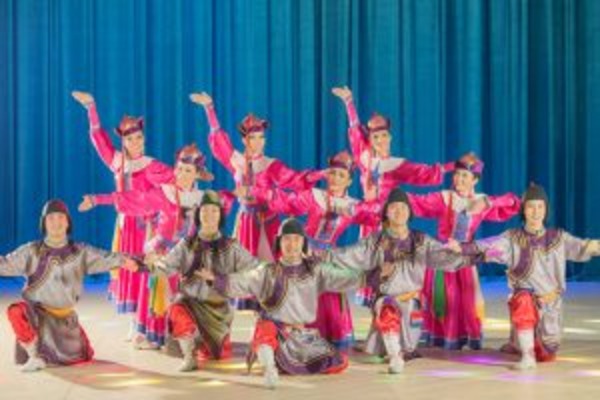
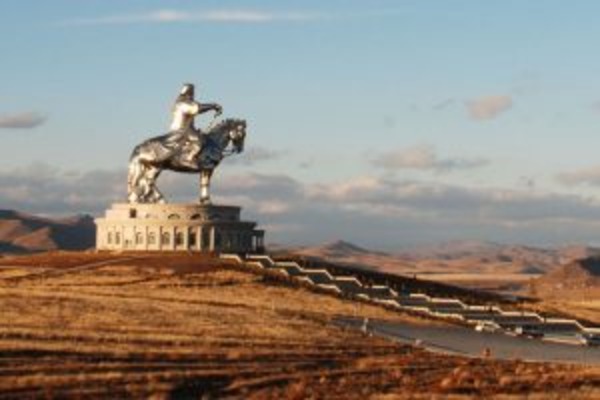
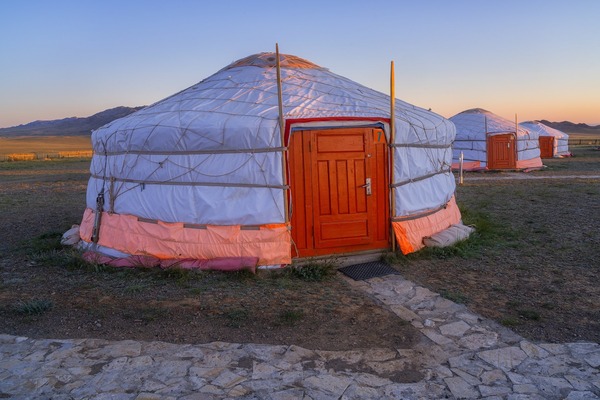
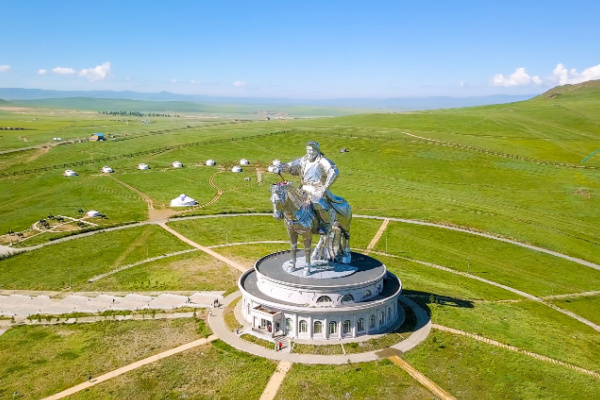
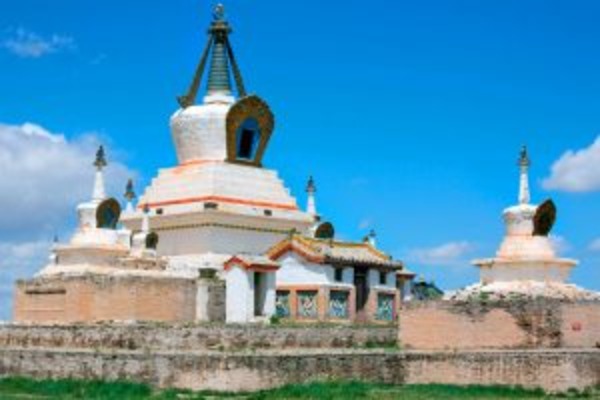
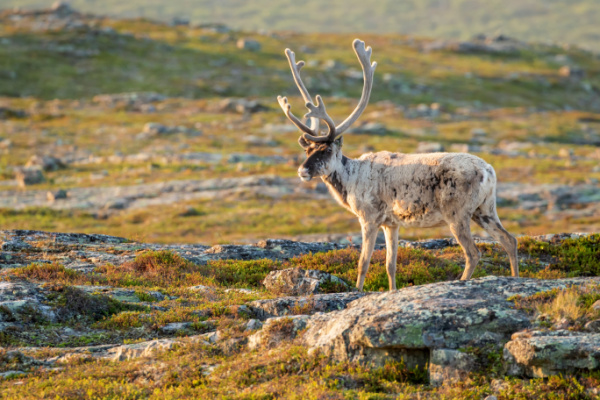
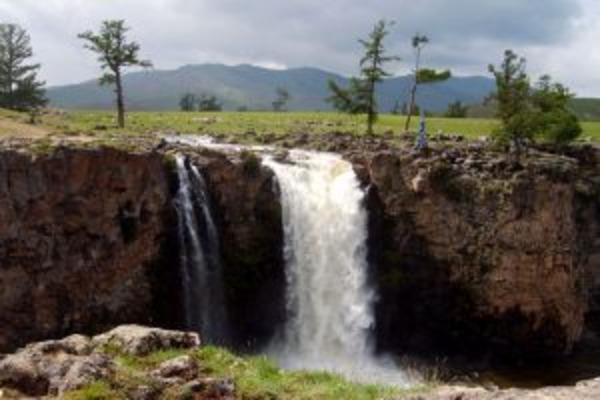
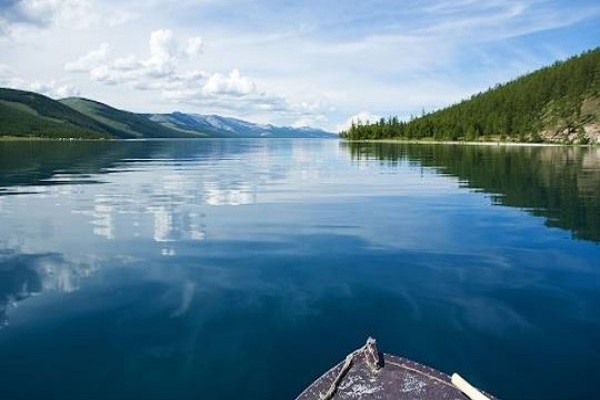

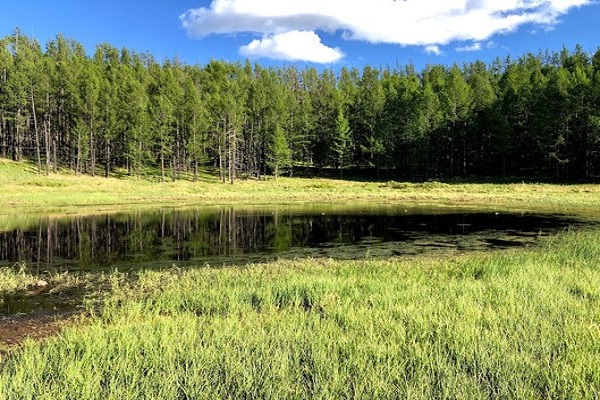
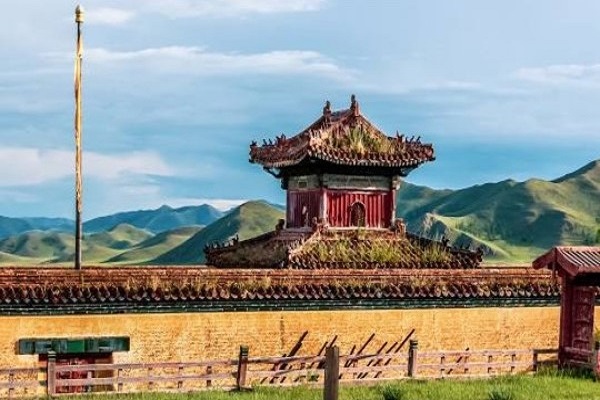

- Hotel in Ulaanbaatar
- City touring
- Accommodation
- All meals except first day breakfast
- Local transportation
- Airport transfers
- Tour guide
- National Park, museum, monastery entrance fees
- Folklore show
- Medical, trip insurance and
- evacuation costs
- Alcoholic and soft drinks
- Visa cost
- Items of personal nature
The price is calculated on the base of at least 2 people on the tour.
The tour is calculated with mid-range accommodation options. In Ulaanbaatar good 3 star hotel and in the countryside the best available accommodations.
The tour can be arranged at slightly lower prices when we opt for home stay and tented camping.
All prices are indicative and starting from prices. Final price will be available based on availability and dates of travel.

